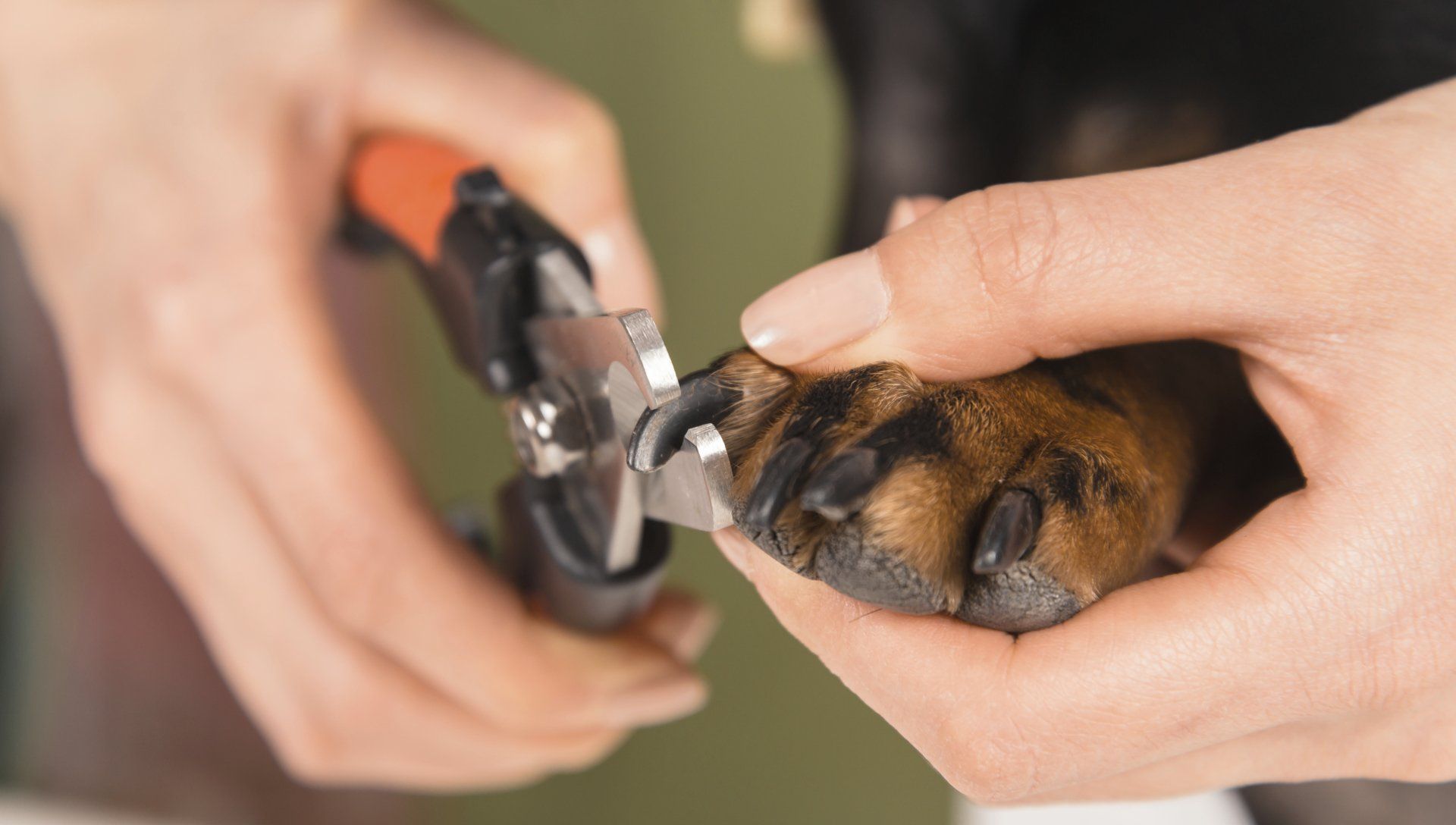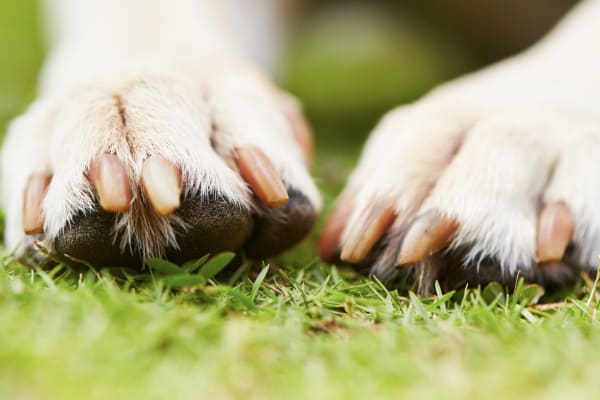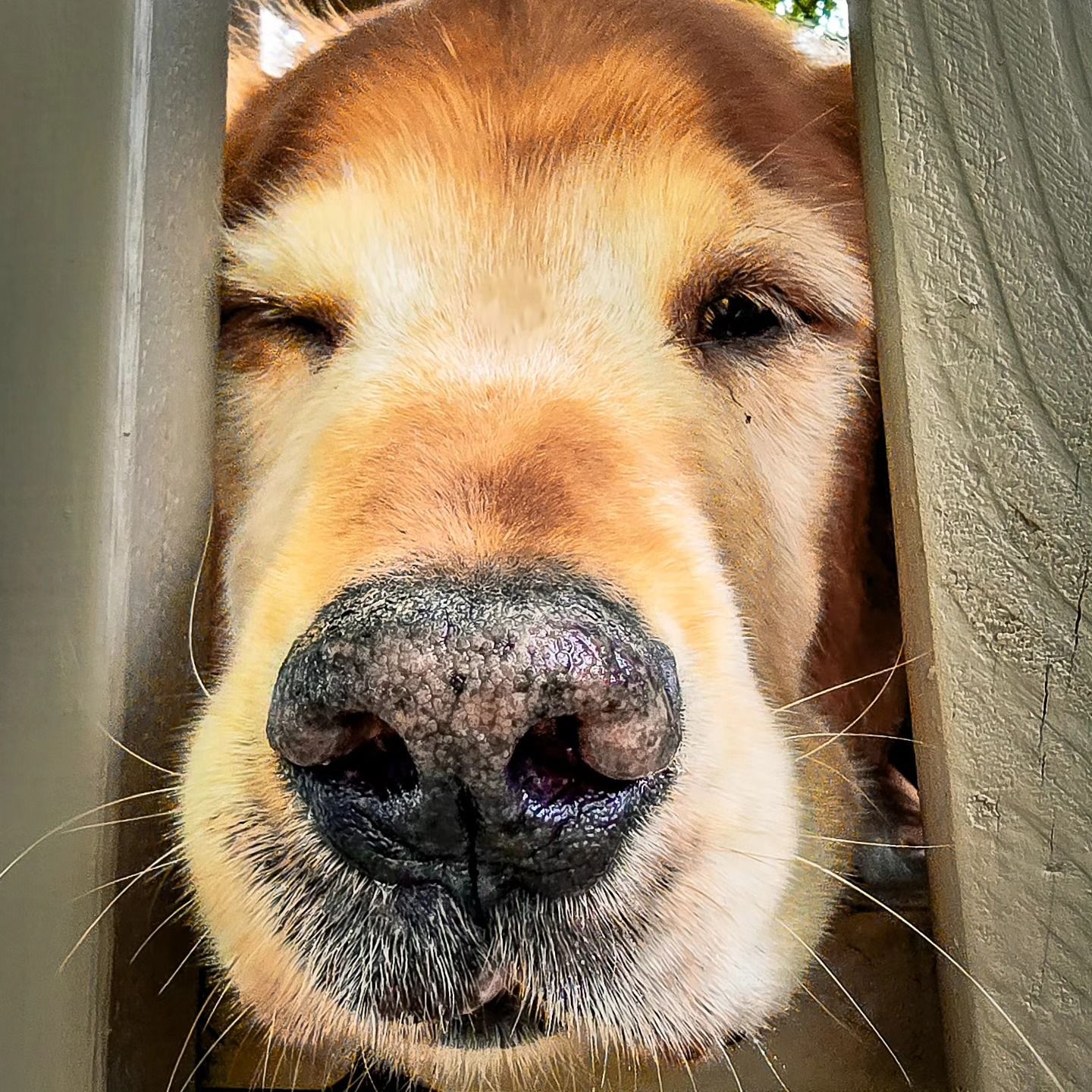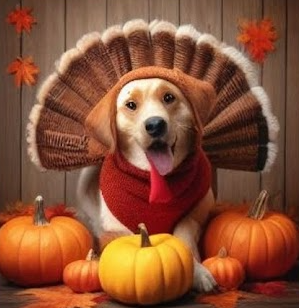Tips for Successful Nail Trims!
Manis and pedis for our pet kid's are not a luxury. They're a necessity.
Click! Click! Click! Click! That’s the sound of your dog’s
paws coming toward you from the next room. Although you’re thrilled to see him,
that noise is likely an indication that your furry friend’s nails have grown a
bit too long and it’s time for a trim. Many pet parents dread cutting
their dog’s nails. Why? It’s the one grooming task that presents the small
chance of causing pain, and no one wants that. This is why the right tools and
techniques are essential for this important task. Long nails can grow
into the pad of your pet's paw. It is not only painful, but it can lead to
infection. Depending on body types and activity levels, it can happen with any
neglected nail. You should clip your dog's or cat's (or guinea pigs, birds, and
more) nails because it provides better traction. Overgrown nails can force your
pet kid's paw up, resulting in less of the pad coming in contact with the
floor.
ABOUT THE NAIL
Anatomy of a Nail
The toenail is composed of two major parts – the quick, the blood supply and nerve that nourish the nail, and the horn-like nail itself. Just like human nails, dogs do not have any feeling in the nail itself, but the quick contains a nerve that transmits sensations back to the brain. When trimming the nail, it is important to stay far enough from the quick to avoid causing pain or drawing blood.
White Nails
White and tan colored nails are considered by many to be easier to trim. If you have a dog with white feet and white nails, consider yourself lucky! In younger dogs with white nails, the quick is generally easy to see from the side of the nail. Trim a little at a time, looking both at the side of the nail and at the cut surface. In white nails, the cut surface will turn pink just before reaching the quick.
Black Nails
Black nails are a little more challenging because the quick is not clearly visible from the side. If you happen to have a young dog with hooked nails, you can safely trim off the hook, essentially making the nail flat across the bottom, without risk of hitting the quick. If your dog doesn’t have hooked nails, you need to pay very close attention to the cut surface of the nail to know when you’ve trimmed close enough. Initially, the cut surface will show a white or gray center, but as you get closer to the quick, this center will turn black and eventually pink immediately before reaching the quick. Take of just a tiny bit of nail at a time to see this change, and stop when the cut surface shows a solid black center.
PRIOR TO TRIMMING TIPS:
Always leave nails smooth.
This can be done by cutting to the right length and then cutting tiny bits away
all around the sharp edge. You can also use a file (pedicure emery
boards—coarse—which are available at beauty supply stores) or use a dremel-type
tool. Dogs scratching themselves with sharp nails can have disastrous results.
Dogs happy to see their owners will jump up on them, and ruined clothing
probably won’t lead to great tips.
Never run out of styptic.
Available as a powder or gel, with or without benzocaine, make sure this
nail-trimming essential is on hand. Apply using a slightly dampened cotton
swab, a pinch between thumb and forefinger, or press the nail into a styptic
powder holder.
Watch the fur.
When using a dremel on a long-haired dog, push the nails through a child’s
loose weave sock, or a section of tights. The hair will be contained safely
while the nail is exposed.
A little training goes a long way.
If a dog hates having its nails trimmed, train it to like it—or at least allow
it. Fighting is dangerous and exhausting for everyone.
HOW TO TRIM:
Pet Pals Dog Mentor Tips!
1. Allow your pet to sniff the clipper so that he gets used to it. Give him a
few treats to associate the clippers to a positive.
2. Ask your pet in a sit or down, whichever is more comfortable for both of
you.
3. Take a paw in your hand and fit the clippers/trimmer over/on the nail.
***STOP! ACCESS*** If your dog is pulling away, showing signs of distress in
any way (yawning, licking chops, panting, ect) repeat Step 1 until comfortable.
Do NOT proceed froward to "make" your pet get used to it. It is ok to
let your pet remove himself and trying again at a later time. Start back at
Step 1 until pet is comfortable.
Once comfortable proceed with step 5. Cut the very tip of the nail.
HOW OFTEN TO TRIM
How often
you clip your pet’s nails depends on how much his nails get worn down with
exercise or by walking on rough surfaces. Check the nails routinely; if they’re
too long, they can cause the feet to splay or can catch on something and hurt
your pet’s paws.
Trimming nails is an important part of grooming. Pets are meant to walk on
their pads, with the nails touching the ground only when running or when needed
for traction.
If you prefer to not take this task on, that is OK! Pet Pals recommends Dirty Dog Spafor all your pets nail trimming
needs!
Please note: All the pics used in this blog post are not from Pet Pals. Some of
the above information is from a collaboration of information researched. Pet
Pals is not a vet or groomer. Cut your pets nails at your own risk.










